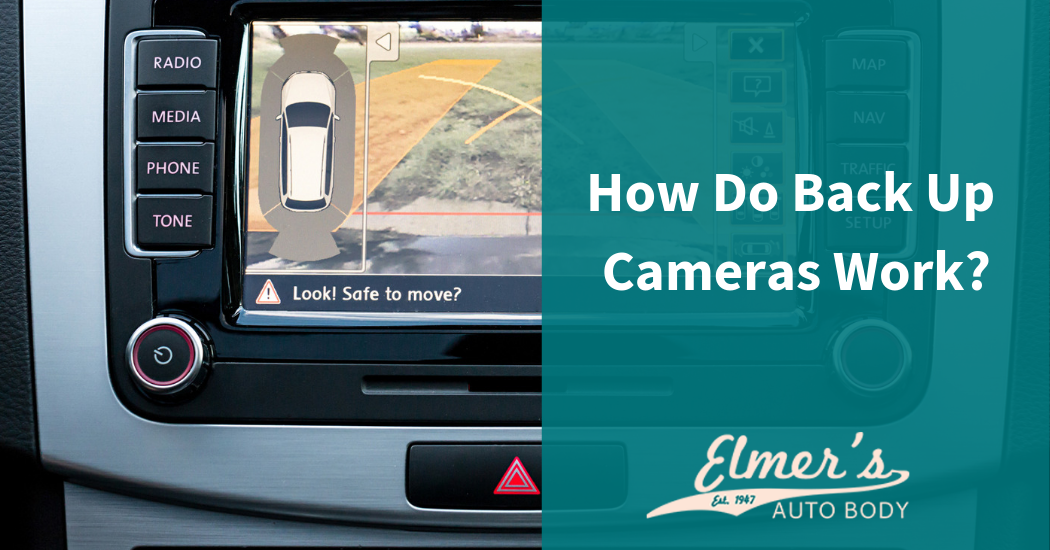Whether or not you have noticed, back up cameras (or rearview cameras) are one of the latest innovations to help drivers back their way out of a bad spot or their own driveway to prevent back up issue accidents and other mishaps. These cameras are now part of every new car coming off the assembly line and have been mandated by federal law for all new cars, vans, trucks and any other vehicles that have a weight of less than 10,000 pounds.
Essential Mirrors
Rear view mirrors have been an essential part of most any motorized equipment for over a hundred years. Mirrors, whether for rear or side viewing are, of course, useful, but they do have their disadvantages. It is difficult to see right behind a vehicle at a lower level, plus there is no mirror positioning for wide-angle viewing. With these mirror limitations, thousands of deaths and injuries have occurred and that includes backover accidents with various objects and tragic occurrences with young children.
How Back Up Cameras Work
Back up cameras operate on a fairly simple basis, yet they are quite advanced and continue to progress in their technical aspects. They work through a camera that is placed at the back of a vehicle. The camera action is initiated when a vehicle is put in reverse. An image is sent to a screen monitor at the front of the vehicle that displays what is happening on the outside. The image that is produced is quite intricate as it transmits a mirror image to the screen in a way that the orientation or positioning of the image is exactly as it should be in determining what is or isn’t behind a vehicle. The image that is shown or displayed on the screen is in the correct placement so no mistakes are made with steering in the wrong direction when exiting an area.
The backup cameras are actually installed on the rear of the vehicle in several different locations. They can be found in the rear decorative trim of a vehicle where they are obscured and not that easy to see. They might also be concealed within the bumper, by the license plate area, in the tailgate of a truck or SUV, or in the lid of a vehicle trunk. Those cameras are directed in a downward position to give the most optimal view behind the vehicle. The cameras also contain lenses that are wide-angle, which give an inclusive image as opposed to a normal rear view mirror that is a feature of older vehicle models.
Monitor Mounting and Types
The monitor can be placed anywhere in a drivers line of vision, though most newer cars already have built-in screens that have multi-functional uses for navigation, entertainment viewing, climate control and other activities. This same screen or display is also used for a backup camera system. Other types of displays rely on a section of the rearview mirror itself as a display, which is a good feature as drivers are used to looking in their rear view mirrors, but this type of monitor has image limitations and is not comparable to a larger screen.
Early monitors and aftermarket camera systems were colorless but almost all models in use today have color displays that are considered high resolution and high definition cameras. In addition, many luxury vehicles have night vision capacities built into their backup display systems. Backup systems are also available for older model vehicles and can be manually installed.
Some Disadvantages
The disadvantages with backup camera systems are few but there are some operational issues, which can be alleviated with simple maintenance. Here are some of the glitches that include:
- poor image quality – can be caused by road debris, snow, mud and dirt. Simply clean the camera lens with a soft cloth.
- wireless systems – (usually found on aftermarket camera models) may cause interruption or matching or pairing problems with a signal. Incompatibility issues usually occur because of purchasing the camera and monitor apart from one another.
- malfunctioning camera – should be repaired by an expert technician
- not a guarantee of complete safety – back up cameras are not a total replacement for mirrors. Regular mirrors should still be used as should the action of turning around and observing on all sides and the rear of a vehicle
- not using the system negates any benefits – warning alarms within the system help to trigger use
If you are interested in finding out more about back up cameras and how they work, simply complete the online contact form and an expert will get back to you with the information you need.

